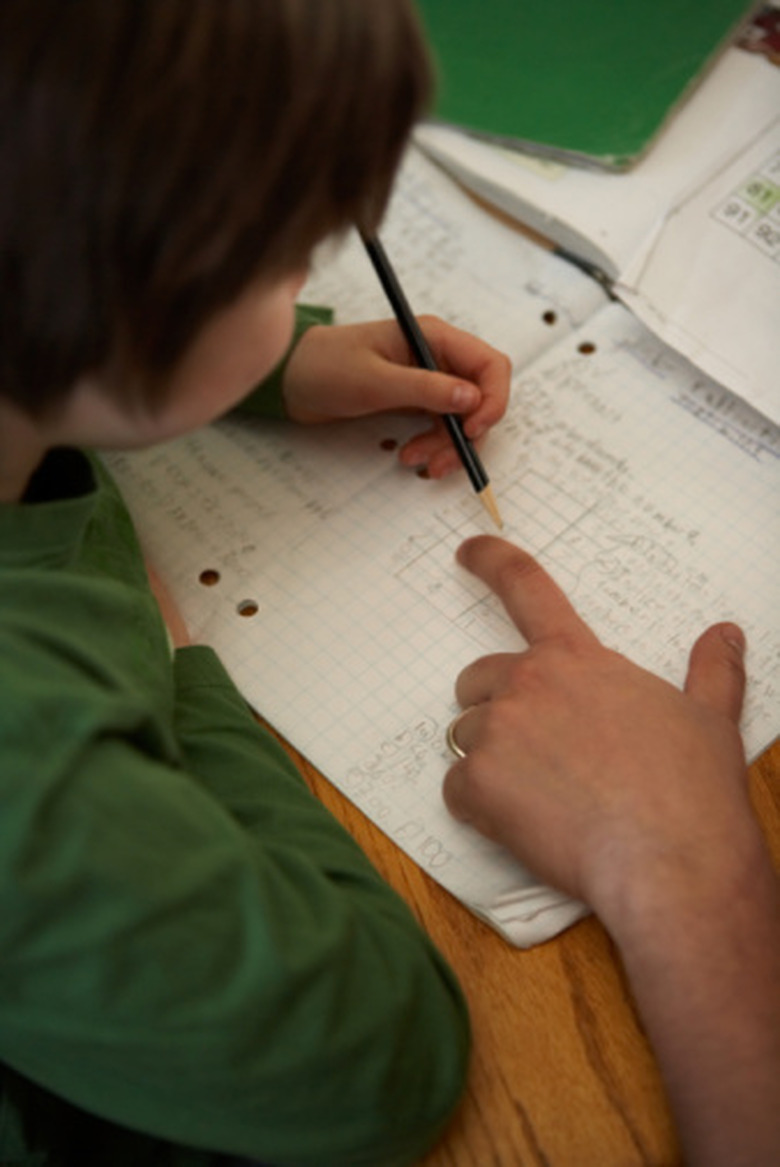How To Teach Multiplication To The Second Grade Using Rectangular Arrays
Second-graders are usually familiar with addition and are ready to start learning about multiplication. It can seem like a daunting task to teach the concept of multiplication to young students. However, it can actually be quite simple if you show children how to use an array to help them solve multiplication problems. Arrays are symbols arranged in rows and columns. They allow children to understand the concept of multiplication by seeing a picture of what the equation means.
Step 1
Ask students to read the multiplication problem. Show them how to read the multiplication symbol as "rows of." For example, they will read the problem 4 x 8 as "four rows of eight."
Step 2
Invite students to draw an array to match the problem they are solving. Encourage them to use small symbols such as circles or X's to create neat rows. In the problem 4 x 8, students should draw four rows with eight symbols each.
Step 3
Have students count the symbols carefully to find the answer to the multiplication problem. The total number of symbols drawn is the product of the problem. In the example 4 x 8, four rows of eight will equal a total of 32 symbols drawn.
TL;DR (Too Long; Didn't Read)
When teaching students to draw arrays, ensure that they draw their symbols in neat and straight rows and columns so that they are easier to count. Reverse the process with students and have them write a multiplication problem from a given array.
Cite This Article
MLA
Chaloux, Stacey. "How To Teach Multiplication To The Second Grade Using Rectangular Arrays" sciencing.com, https://www.sciencing.com/how-to-teach-multiplication-to-the-second-grade-using-rectangular-arrays-12748552/. 7 April 2011.
APA
Chaloux, Stacey. (2011, April 7). How To Teach Multiplication To The Second Grade Using Rectangular Arrays. sciencing.com. Retrieved from https://www.sciencing.com/how-to-teach-multiplication-to-the-second-grade-using-rectangular-arrays-12748552/
Chicago
Chaloux, Stacey. How To Teach Multiplication To The Second Grade Using Rectangular Arrays last modified March 24, 2022. https://www.sciencing.com/how-to-teach-multiplication-to-the-second-grade-using-rectangular-arrays-12748552/
